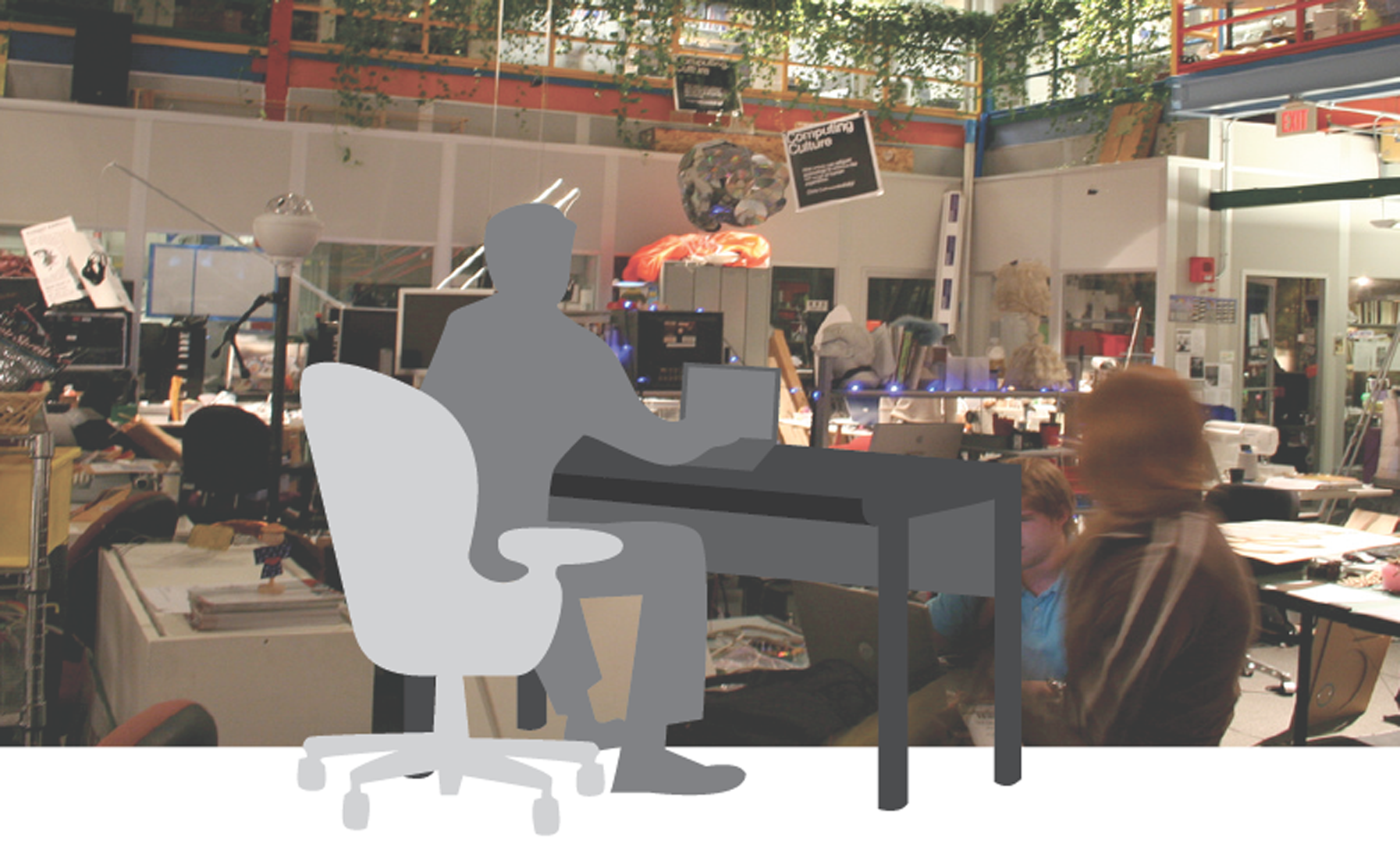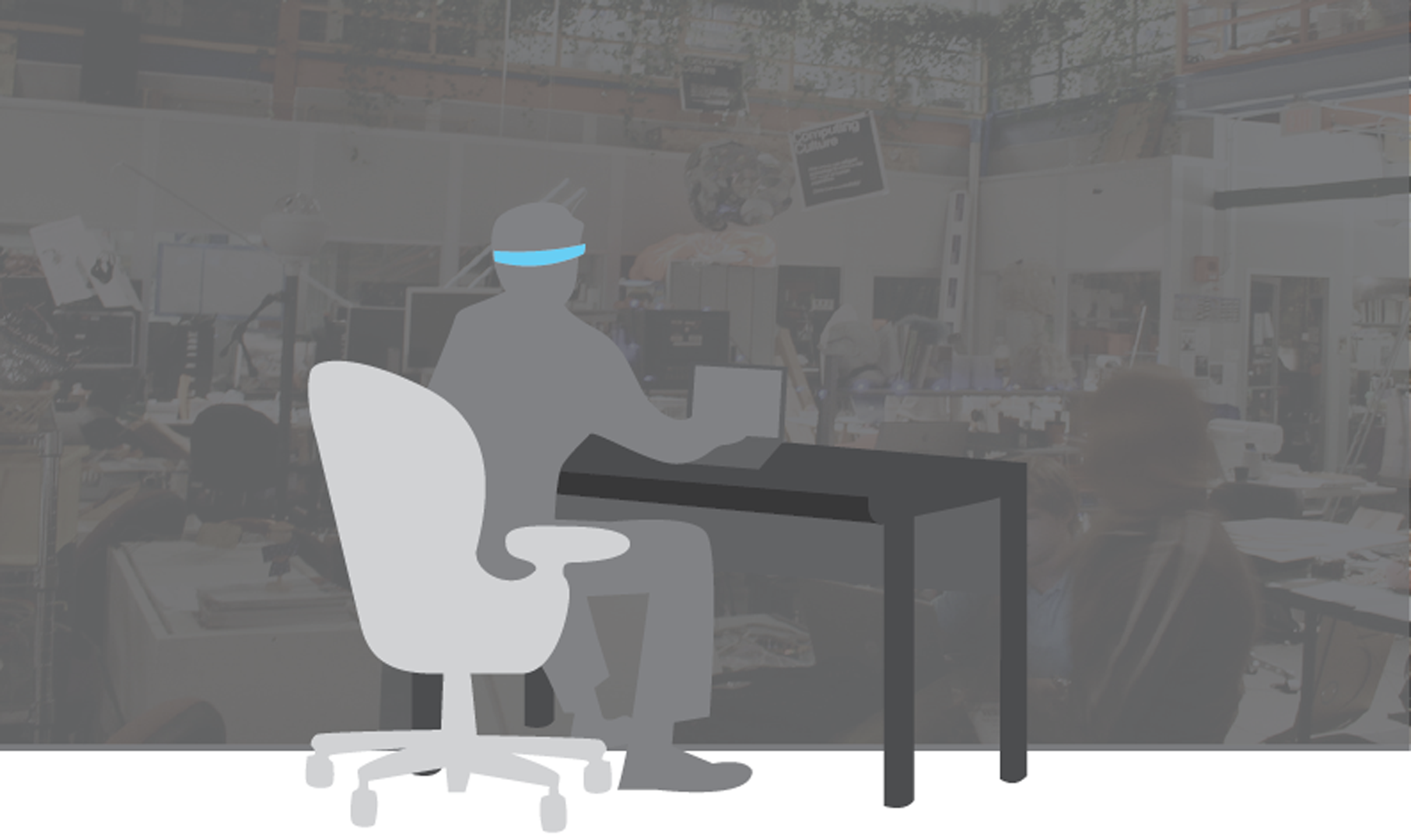“Transparent: brain computer interface and social architecture” by Ducao, Tseng and Kapri
Conference:
Type(s):
Title:
- Transparent: brain computer interface and social architecture
Presenter(s)/Author(s):
Abstract:
Transparent is an office window that varies its opacity in order to help a user maintain focus at work. By changing opacity, the window blocks distractions in the user’s environment while subtly signaling the person’s availability to others. The user’s focus is determined via a neuroheadset that passively measures her brain activity through electroencephalography (EEG); the focus of the user is then algorithmically determined and wirelessly communicated to a smart glass module that changes transparency accordingly. Transparent explores opportunities to merge brain computer interfaces (BCI) with smart architecture to improve productivity at work.
References:
1. Buxton, B. 1999. The future and emerging potential. Human Input to Computer Systems: Theories, Techniques, and Technologies..
2. NeuroSky, 2012. Neurosky: Dry sensor technology.
3. Tan, D. S., and Nijholt, A. 2010. Brain-Computer Interaction: Applying our Minds to Human-Computer Interaction. Springer-Verlag.





